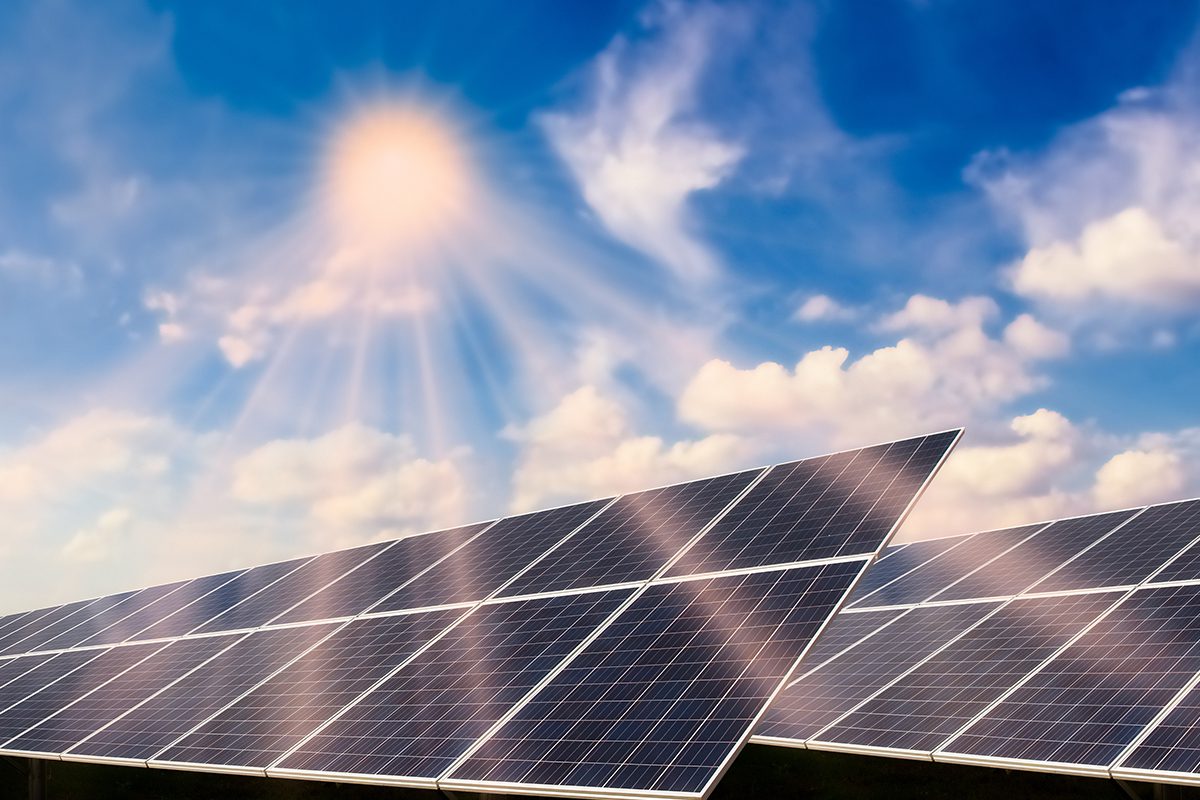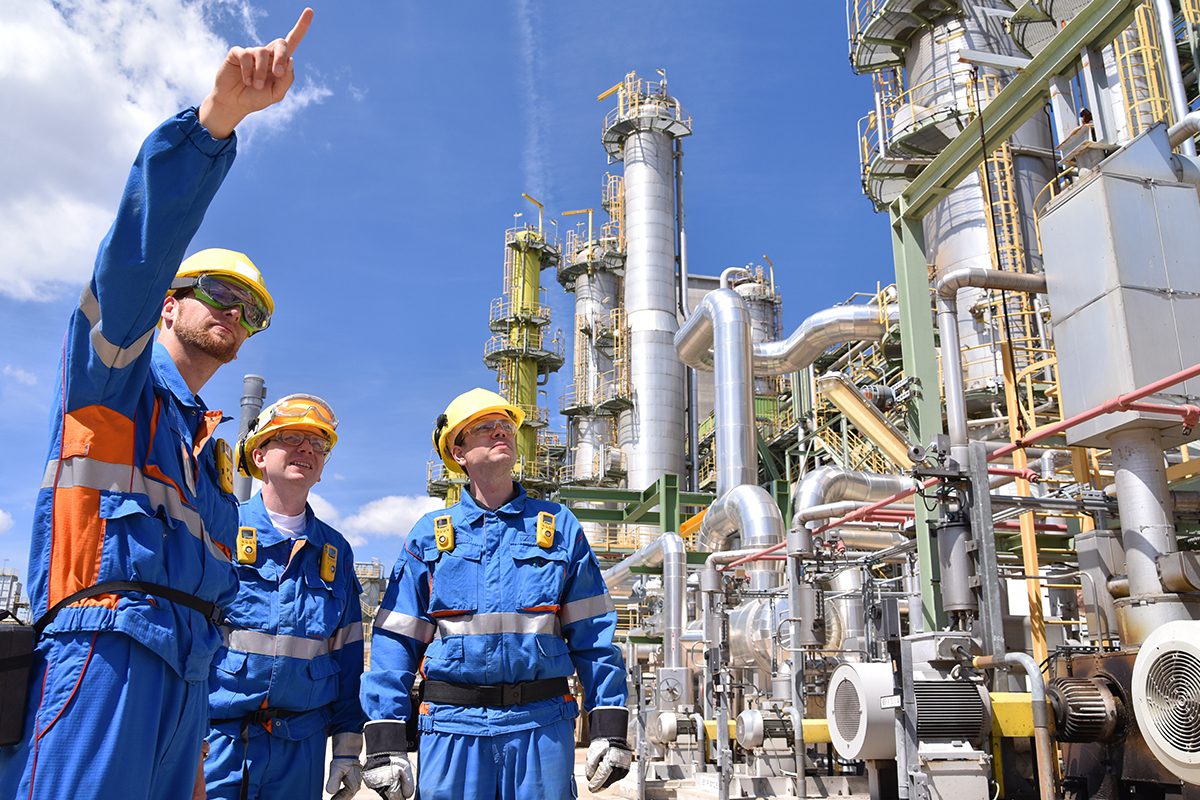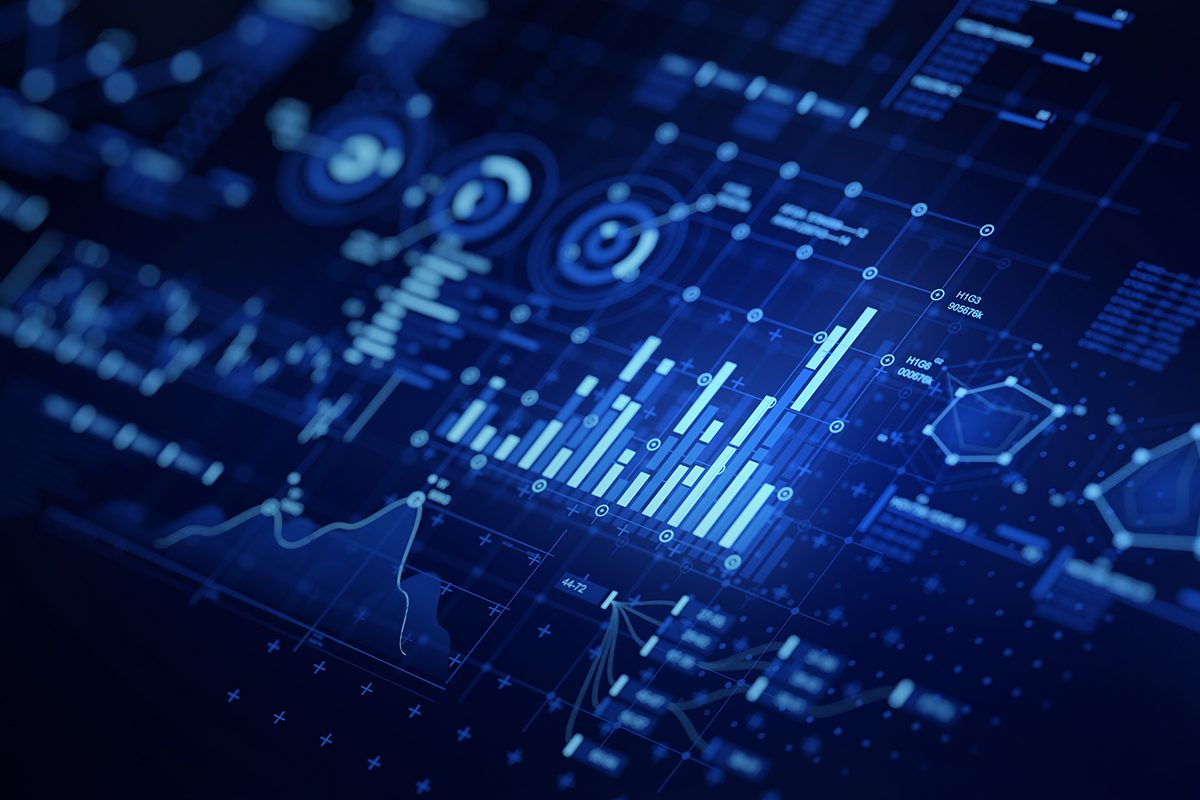Data-Driven Insights & Market Analysis
Multi- and Select-Client Studies: Navigating Technology & Competitive Change in Catalysis, Materials Science and Energy Transition
New global mandates on climate change and net-zero carbon add more complexity for catalysis and catalyst-using industries. Accordingly, decision-makers need help navigating market demand and process technology changes. Companies require data-driven information to develop a sound roadmap and plan a profitable future.
The Catalyst Group Resources’ (TCGR) multi- and select-client studies deliver critical insights and strategic tools addressing technology advancements for catalysis, catalyst-user and energy transition industries. Our research methodology provides actionable data.
Result: Businesses can plan a course through the evolving landscape of catalytic and process industries, including refining, chemicals, pharmaceuticals, environmental and more.


What makes TCGR Multi- and Select-Client Studies essential?
TCGR is an international team of professionals with over 40 years of real-world experience in manufacturing, catalyst development and process technologies.
Our team can answer questions on high-interest issues, including:
Market Size and Growth: Detailed analysis of current and future markets for catalysis and catalyst-user industries.
Economic Analysis: Comprehensive assessments of the economics reshaping emerging and established technologies.
Developer/Supplier Profiles: Detailed profiles, including SWOT analysis, exploring new influencers and suppliers to the catalysis and catalyst-user industries.
Technical Hurdles: Identification of technical and commercial barriers hindering new technology adoption.
Strategic Edge: Evaluations of commercial and strategic planning from technology shifts addressing long-term growth and economic success.
How TCGR Multi- and Select-Client Studies Are Conducted?
TCGR studies leverage the experiences of its global consulting team. The collaboration of internal expertise and external insights ensures a well-rounded, independent view of the process technology and commercial landscape:
In-House Expertise: TCGR’s elite experts draw on their extensive technical and commercial experience.
DIALOG GROUP® of Experts: Industry specialists with diverse real-world experience provide subject-focused contributions based on the study’s scope and Table of Contents (ToC).
Tailored Insights: Early input from charter subscribers guarantees the research aligns with commercial needs.
Technical Hurdles: Identification of technical and commercial barriers hindering new technology adoption.
Follow-Up Engagement: Post-study consultations and follow-ups address remaining questions or provide additional insights.
With TCGR’s investigative approach, businesses attain clarity and understanding of the present and long-term effects of technology advancements. More importantly, organizations use data-driven information in their strategic decision-making.

The Gold Standard in Multi-Client Studies
TCGR’s latest studies:
The Intelligence Report: Business Shifts in the Global Catalytic Process Industries, 2025-2031
The 2025-2031 edition of TCGR’s Intelligence Report continues as the “gold standard” for catalyst market insights, focusing on the energy transition, renewables and circularity.
Key highlights include:
Energy Transition Focus: Coverage of catalysts in renewable fuels, biochemicals, blue/green methanol and energy storage.
Emerging Markets: Insights on electrolysis, biomass-to-fuels, recycled plastics and chemicals/polymers.
Hydrogen Deep-Dive: In-depth analysis of hydrogen supply/demand and applications in refining, chemicals and power generation.
Actionable Insights: Data-driven recommendations to inform your business strategy in the evolving $36B catalyst market.
Contact us to learn more about how this report can help shape your strategy in the catalyst industry.
Membranes: Commercial and Technical Advances in Industrial Applications – 2023 Update
The 2023 update highlights are:
Technological Developments: Detailed analysis investigates new membrane technologies and their application.
Impact on Carbon Intensity: How membranes offer solutions for reducing carbon intensity and improving environmental performance.
Cost and Efficiency: Comprehensive assessment of cost reductions and performance improvements.
Market Trends: Broad view addressing industry trends and market dynamics.
Get in touch to access TCGR’s insights and stay ahead in the evolving membrane industry.
The Intelligence Report: Business Shifts in the Global Catalytic Process Industries, 2023-2029
The 2023 edition of TCGR’s biennial Intelligence Report examines the global catalytic process industries, focusing on energy and regulatory challenges.
Key features include:
In-Depth Analysis: Insights into the complexities of the catalyst and end-user industries, including energy supply, security and regulatory changes.
Actionable Insights: Data-driven recommendations guide strategic decision-making.
Business Development: Support for achieving development goals while maintaining economic viability.
Contact us today to learn how this report can guide your long-term strategy.
Plastics Recycling and the Circular Economy II: Techno-Economic Perspective of Chemical Recycling Technologies
Completed in October 2022, this comprehensive assessment evaluates advancing chemical recycling technologies and their impact on catalysis. The study also addresses how plastic recycling and waste reductions affect the broader chemical industry.
Topics include:
Technological Innovations: In-depth reviews assess how chemical recycling technologies will modify markets.
Market Changes: Detailed analysis explores the influence of recycling technologies on the catalyst and adsorbent markets.
Techno-Economic Insights: A deep-data dive provides investment costs and returns for promising recycling technologies under development.
Want to stay ahead in the circular economy space? Contact us to see how our insights can support your innovation efforts.
Unconventional Catalytic Olefins Production II: Technological Evaluation and Commercial Assessment
TCGR’s October 2021 report explores innovations in olefins production technology, including emerging “green”, circular and sustainable production methods.
Report highlights are:
Emerging Technologies: Detailed analysis reviews innovative olefins process technologies.
Sustainability Focus: Insights concentrate on how these innovations will be used to achieve NetZero 2050 goals.
Get in touch to learn how this study can inform your sustainability strategy.
Power-to-X: Techno-Economic, Commercial, and Strategic Developments
Completed in June 2021, this study provides a comprehensive look at Power-to-X (PtX) technology. The report offers crucial insights for green hydrogen, hydrogen, syngas and methanol production, including Liquid Organic Hydrogen Carriers (LOHCs).
Key topics covered:
Technological Progress: Updates investigate water electrolysis and its role in energy-carrier chemicals, petrochemicals and sustainable fuels.
Market Insights: Deep analysis focuses on market dynamics, challenges and opportunities within PtX technology.
Case Studies: Techno-economic evaluations compare leading PtX projects, including green-hydrogen value chains.
Are you curious about PtX’s potential for your business? Let’s discuss how our research can guide your strategy.
Finding knowledge in a sea of data and information
TCGR provides in-depth market analysis, strategic insights and a deeper understanding of catalytic technology, commercial and competitive trends. Our multi- and select-client studies are tools to solve the challenges in catalysis, energy transition, plastics circularity, sustainability and market strategy.

Need Actionable Insight to Stay Ahead of Industry Shifts?
Schedule a consultation to learn more about our completed and upcoming multi- and select-client studies.
